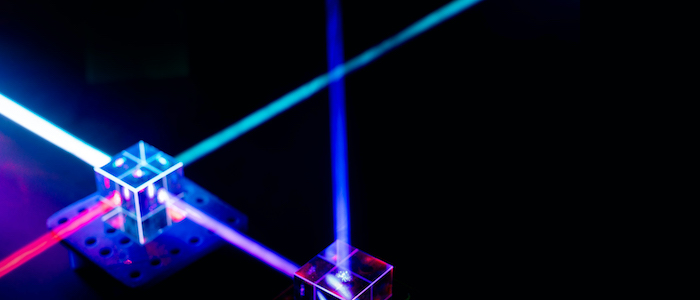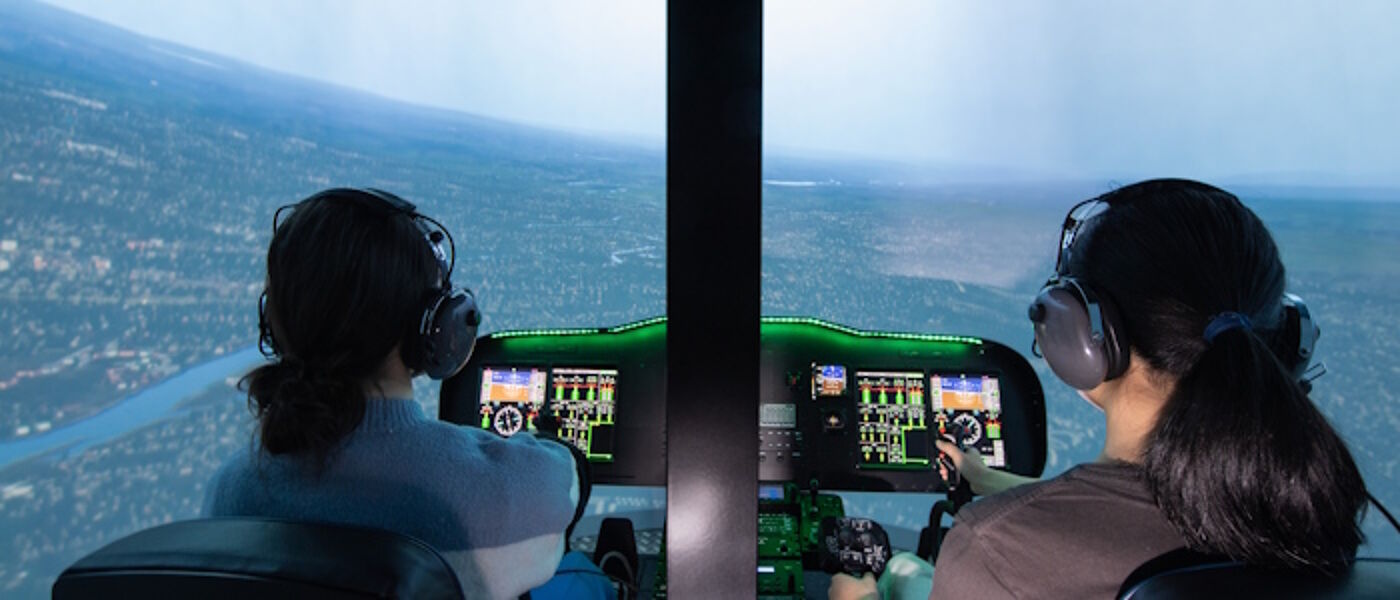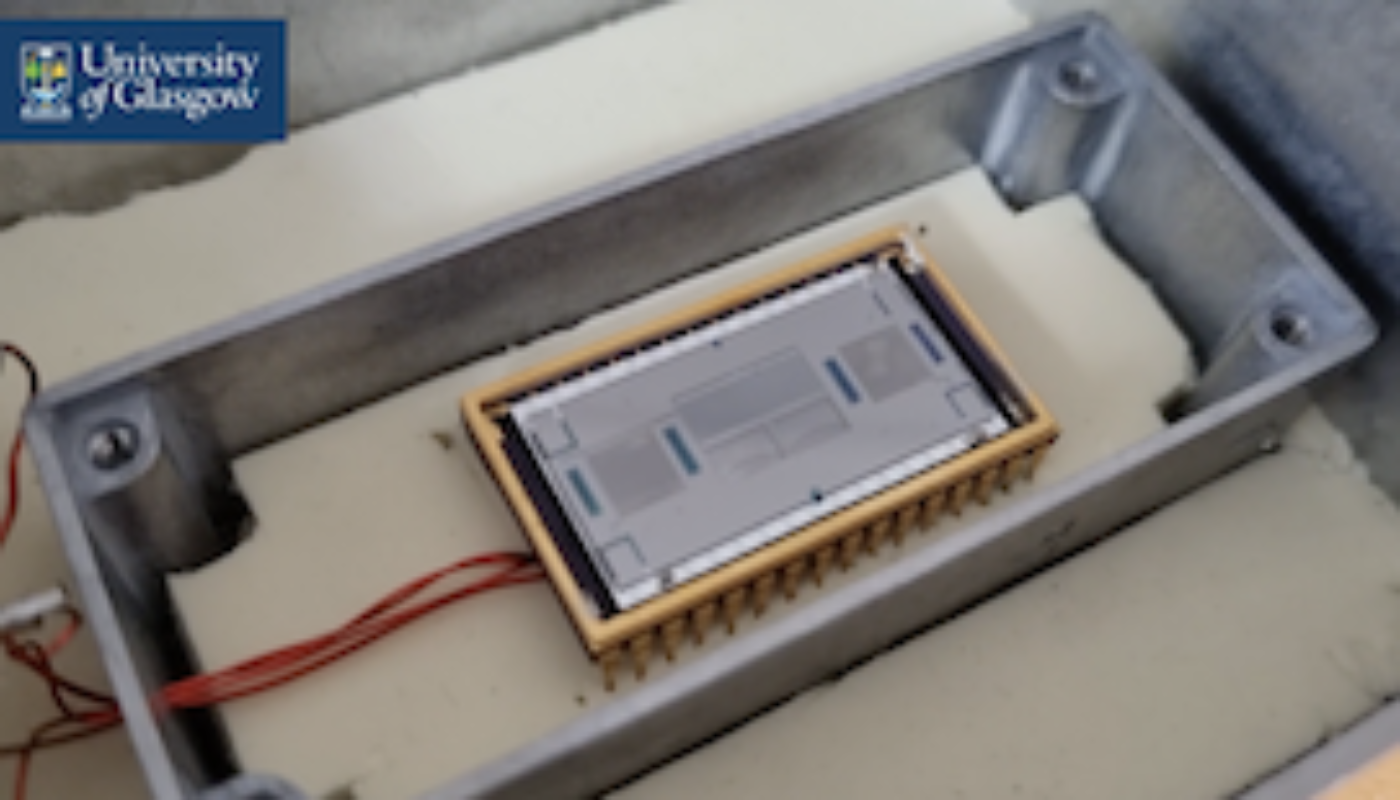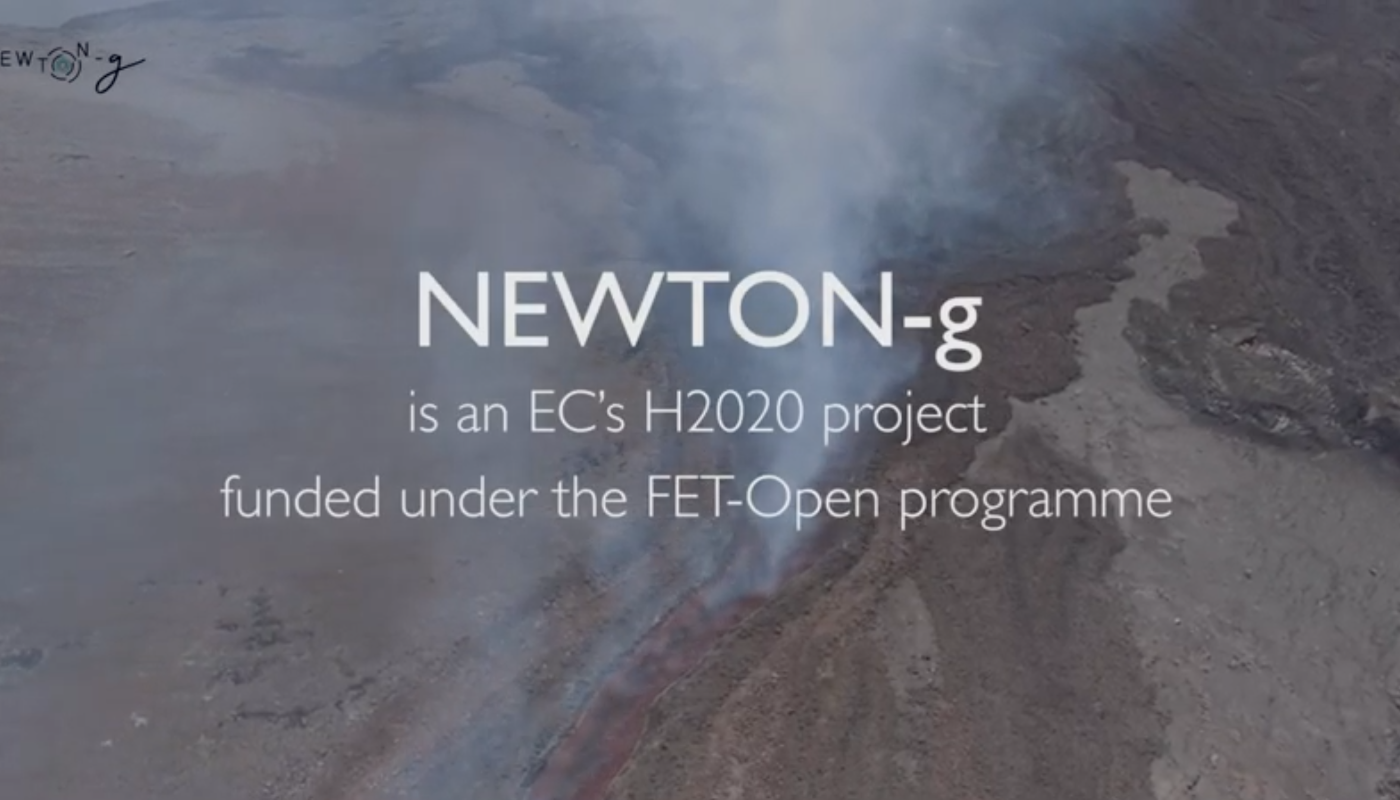Quantum sensors and timing
Sensors are central to our modern lives, as we navigate our roads, monitor the quality of the air we breathe or even track our own health. Quantum technologies can both improve the performance of traditional sensors and extend the range of what we are able to sense. Typical challenges include measuring subtle changes in gravity to detect buried utilities and infrastructure and using quantum technologies to create new opportunities in health, environment and security.
Active areas of research in the Centre include:
GPS denied navigation. Navigation inside buildings, underwater, underground or in the event of GPS jamming or spoofing. Using cold atoms to measure time, movement and for attitude control for accurate navigation by dead reckoning.
Gravitational sensing. Mapping underground infrastructures, petrochemical reserves and geological structure. Using MEMS sensors to map gravity and to detect impending volcano eruptions.
Healthcare, environmental and security sensing. Monitoring and identification of toxic chemicals and disease markers for personalised healthcare using quantum sensors to measure radiation, or specific optical signatures.

The University of Glasgow is a member of the UK Quantum Technology Hub for Sensing and Timing
Find out more at:
Quantum Sensors and Timing
Quantum technologies are key to making sensors that can precisely measure time, acceleration or gravity. Time and acceleration are key to making compact navigation systems that can work when the GPS satellites have failed or are out of sight. These sensors can be based upon compact lasers used to trap and control cold atomic vapours. The sensors can also be based upon small mechanical devices similar to springs or pendula that are fabricated from silicon. These sensors can also be used to measure the subtle changes in gravity that result from buried pipes, water resources, or even volcano hazards.
Wee-g: gravity sensing for geophysics
Our researchers are collaborating in a European project targeted at developing new low-cost gravimeters for geophysical applications. Gravimetry offers an extremely powerful window into geophysics but the high costs and operational limitations of current instrumentation is limiting its application. NEWTON-g will implement the "wee-g" technology of low-costs MEMS-based relative gravimeter developed by Prof Hammond at the Univeristy of Glasgow. Originally funded by QuantIC and currently supported by the Hub in Quantum Sensing and Metrology, Wee-g is revolutionising MEMS gravimetry.

Research Themes

Research Links
Institute for Gravitational Waves



